NEW YORK — New York in 1904 was a city on the verge of tremendous changes – and, not surprisingly, many of those changes had their genesis in the bustling energy and thronged streets of Times Square. Two innovations that would completely transform the Crossroads of the World debuted in 1904: the opening of the city’s first subway line, and the first-ever celebration of New Year’s Eve in Times Square.
New Year's Eve in Times Square
This inaugural bash commemorated the official opening of the new headquarters of The New York Times. The newspaper’s owner, German Jewish immigrant Alfred Ochs, had successfully lobbied the city to rename Longacre Square, the district surrounding his paper’s new home, in honor of the famous publication (a contemporary article in The New York Times credited Interborough Rapid Transit Company President August Belmont for suggesting the change to the Rapid Transit Commission). The impressive Times Tower, marooned on a tiny triangle of land at the intersection of 7th Avenue, Broadway and 42nd Street, was at the time Manhattan’s second-tallest building — the tallest if measured from the bottom of its four massive sub-basements, built to handle the heavy weight demands ofThe Times‘ up-to-date printing equipment.

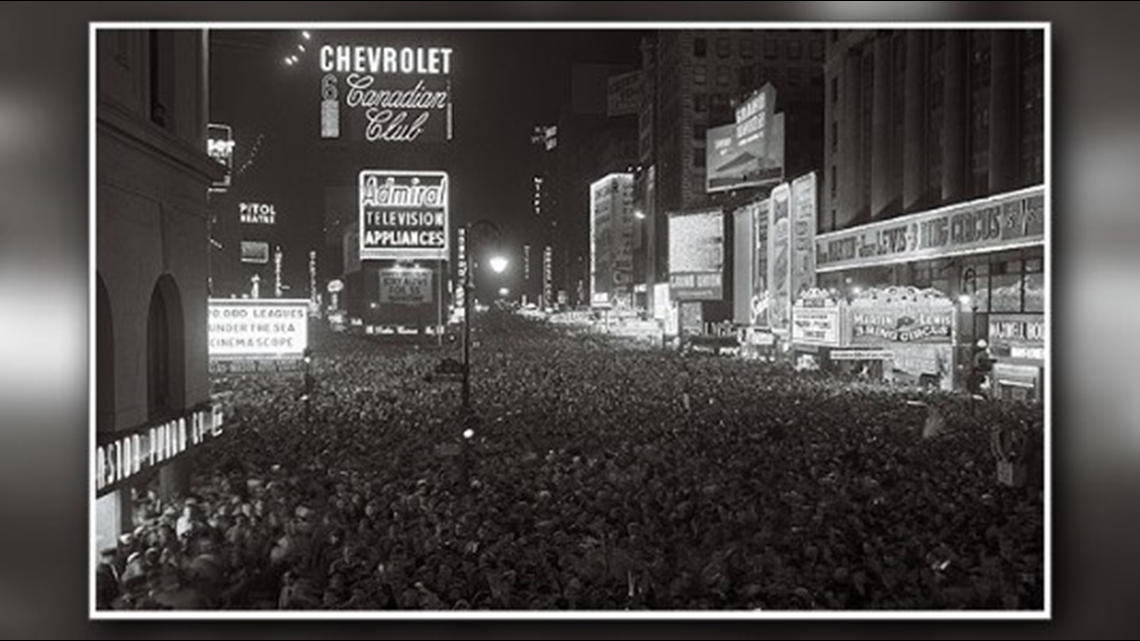
The building was the focus of an unprecedented New Year’s Eve celebration. Ochs spared no expense to ensure a party for the ages. An all-day street festival culminated in a fireworks display set off from the base of the tower, and at midnight the joyful sound of cheering, rattles and noisemakers from the over 200,000 attendees could be heard, it was said, from as far away as Croton-on-Hudson, thirty miles north along the Hudson River.
The New York Times‘ description of the occasion paints a rapturous picture: “From base to dome the giant structure was alight – a torch to usher in the newborn year…”


The night was such a rousing success that Times Square instantly replaced Lower Manhattan’s Trinity Church as “the” place in New York City to ring in the new year. Before long, this party of parties would capture the imagination of the nation, and the world.
Two years later, the city banned the fireworks display – but Ochs was undaunted. He arranged to have a large, illuminated seven-hundred-pound iron and wood ball lowered from the tower flagpole precisely at midnight to signal the end of 1907 and the beginning of 1908.
On that occasion, and for almost a century thereafter, Times Square signmaker Artkraft Strauss was responsible for the ball-lowering. (For more information on the past and present of the New Year’s Eve Ball itself, please click here.) In 1914, The New York Times outgrew Times Tower and relocated to 229 West 43rd Street. By then, New Year’s Eve in Times Square was already a permanent part of our cultural fabric.


New Year's Eve Ball History
Revelers began celebrating New Year’s Eve in Times Square as early as 1904, but it was in 1907 that the New Year’s Eve Ball made its maiden descent from the flagpole atop One Times Square. Seven versions of the Ball have been designed to signal the New Year.
The first New Year’s Eve Ball, made of iron and wood and adorned with one hundred 25-watt light bulbs, was 5 feet in diameter and weighed 700 pounds. It was built by a young immigrant metalworker named Jacob Starr, and for most of the twentieth century the company he founded, sign maker Artkraft Strauss, was responsible for lowering the Ball.
As part of the 1907-1908 festivities, waiters in the fabled “lobster palaces” and other deluxe eateries in hotels surrounding Times Square were supplied with battery-powered top hats emblazoned with the numbers “1908” fashioned of tiny light bulbs. At the stroke of midnight, they all “flipped their lids” and the year on their foreheads lit up in conjunction with the numbers “1908” on the parapet of the Times Tower lighting up to signal the arrival of the new year.
The Ball has been lowered every year since 1907, with the exceptions of 1942 and 1943, when the ceremony was suspended due to the wartime “dimout” of lights in New York City. Nevertheless, the crowds still gathered in Times Square in those years and greeted the New Year with a minute of silence followed by the ringing of chimes from sound trucks parked at the base of the tower—a harkening-back to the earlier celebrations at Trinity Church, where crowds would gather to “ring out the old, ring in the new.”
In 1920, a 400 pound Ball made entirely of wrought iron replaced the original. In 1955, the iron Ball was replaced with an aluminum Ball weighing a mere 150 pounds. This aluminum Ball remained unchanged until the 1980s, when red light bulbs and the addition of a green stem converted the Ball into an apple for the “I Love New York” marketing campaign from 1981 until 1988. After seven years, the traditional glowing white Ball with white light bulbs and without the green stem returned to brightly light the sky above Times Square. In 1995, the Ball was upgraded with aluminum skin, rhinestones, strobes, and computer controls, but the aluminum Ball was lowered for the last time in 1998.

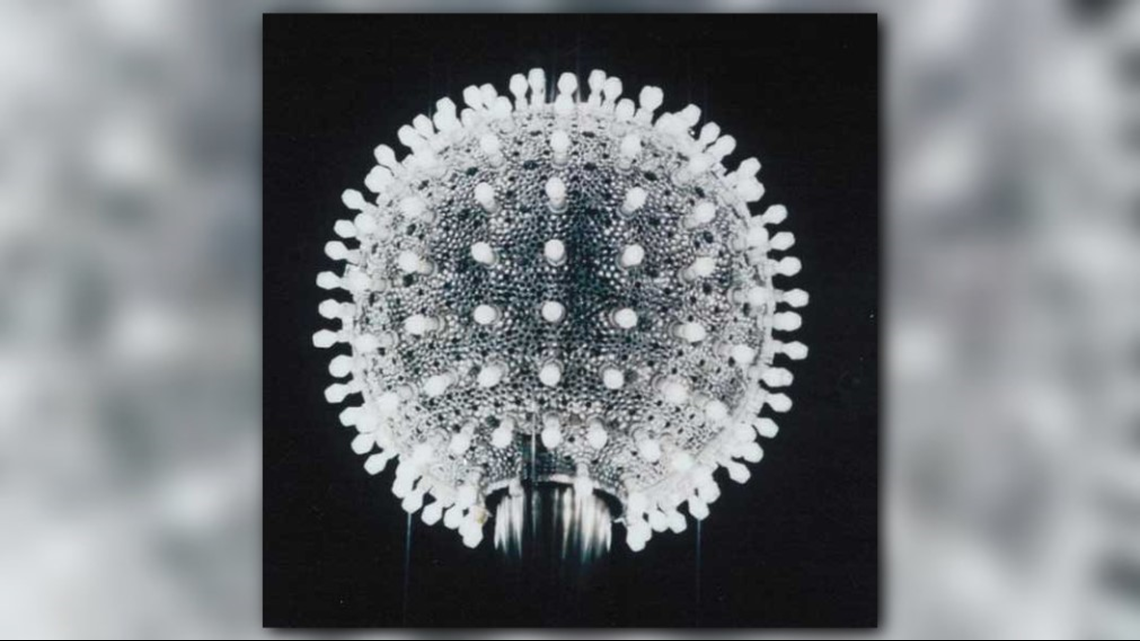
For Times Square 2000, the millennium celebration at the Crossroads of the World, the New Year’s Eve Ball was completely redesigned by Waterford Crystal and Philips Lighting. The crystal Ball combined the latest in lighting technology with the most traditional of materials, reminding us of our past as we gazed into the future and the beginning of a new millennium.

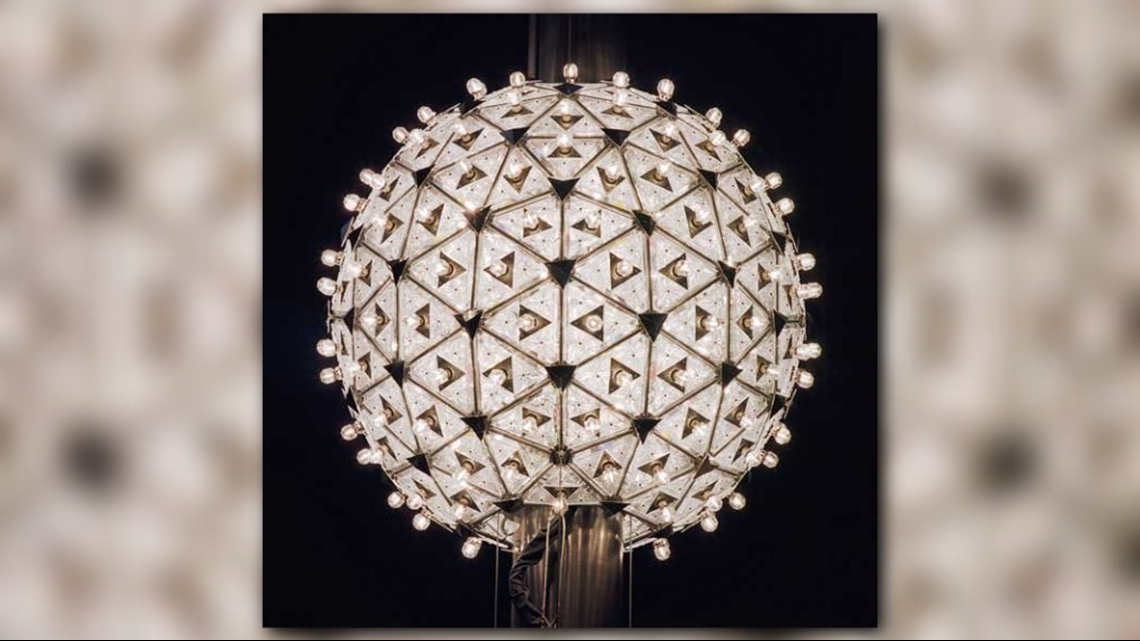
In 2007, for the 100th anniversary of the Times Square Ball Drop tradition, Waterford Crystal and Philips Lighting crafted a spectacular new LED crystal Ball. The incandescent and halogen bulbs of the past century were replaced by state-of-the-art Philips Luxeon LED lighting technology that dramatically increased the brightness and color capabilities of the Ball.

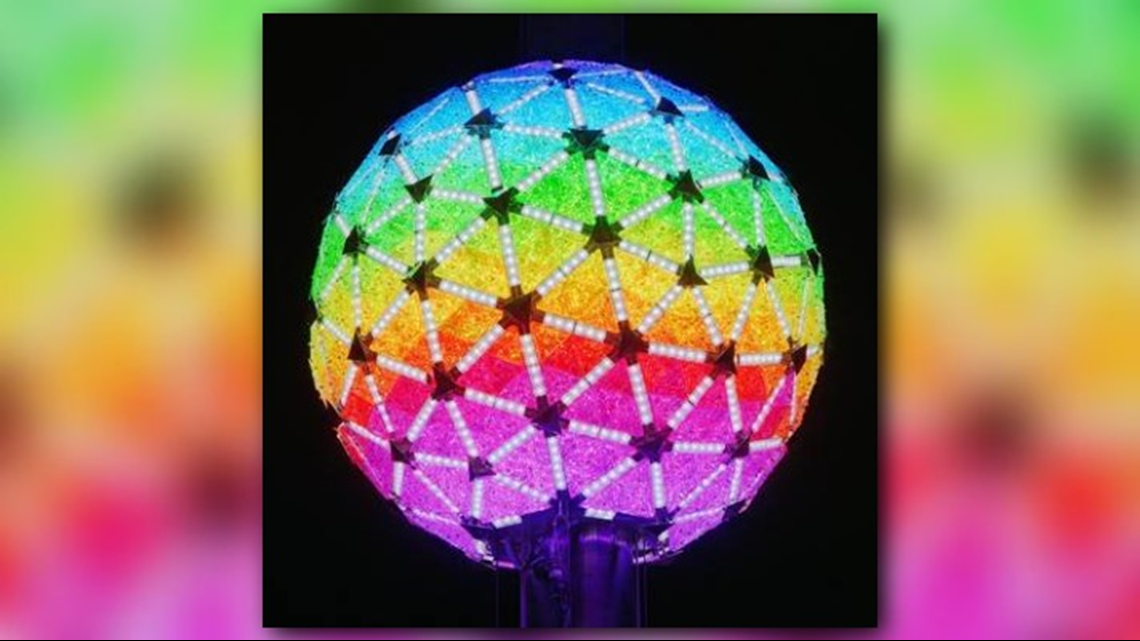
The beauty and energy efficiency of the Centennial Ball inspired the building owners of One Times Square to build the permanent Big Ball weighing nearly six tons and twelve feet in diameter. The 2,688 Waterford Crystal triangles are illuminated by 32,256 Philips Luxeon LEDs. This Big Times Square New Year’s Eve Ball is now a year-round attraction sparkling above Times Square in full public view January through December.

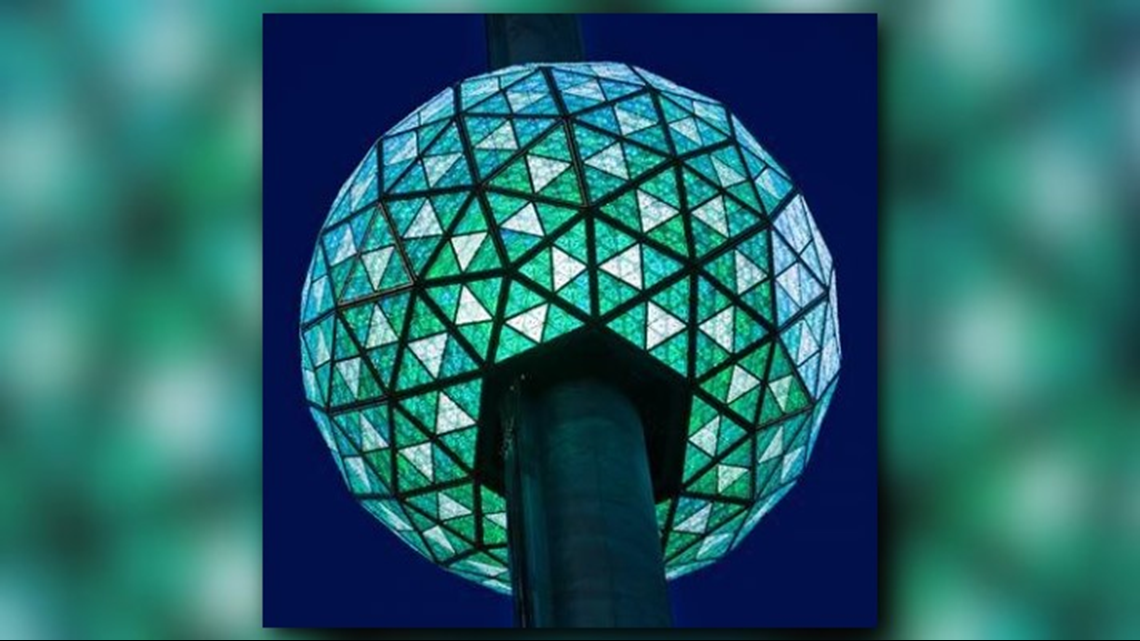
The actual notion of a ball “dropping” to signal the passage of time dates back long before New Year’s Eve was ever celebrated in Times Square. The first “time-ball” was installed atop England’s Royal Observatory at Greenwich in 1833. This ball would drop at one o’clock every afternoon, allowing the captains of nearby ships to precisely set their chronometers (a vital navigational instrument).
Around 150 public time-balls are believed to have been installed around the world after the success at Greenwich, though few survive and still work. The tradition is carried on today in places like the United States Naval Observatory in Washington, DC, where a time-ball descends from a flagpole at noon each day – and of course, once a year in Times Square, where it marks the stroke of midnight not for a few ships’ captains, but for over one billion people watching worldwide.
New Year's Eve Ball Design
Each year, millions of eyes from all over the world are focused on the sparkling Waterford Crystal Times Square New Year’s Eve Ball. At 11:59 p.m., the Ball begins its descent as millions of voices unite to countdown the final seconds of the year, and celebrate the beginning of a new year.
- The Ball is a geodesic sphere, 12 feet in diameter, and weighs 11,875 pounds.
- The Ball is covered with a total of 2,688 Waterford Crystal triangles that vary in size, and range in length from 4 ¾ inches to 5 ¾ inches per side.
- For Times Square 2020, 192 Waterford Crystal triangles introduce the new Gift of Goodwill design of three pineapples signifying the traditional image of hospitality and goodwill. 192 are the Gift of Harmony design of small rosette cuts flowing into each other in beautiful harmony. 192 are the Gift of Serenity design of butterflies flying peacefully above a crystal meadow capturing the spirit of serenity. 192 are the Gift of Kindness design consisting of a circle of rosettes symbolizing unity with the fronds reaching out in an expression of kindness. 192 are the Gift Of Wonder design composed by a faceted starburst inspiring our sense of wonder. 192 are the Gift of Fortitude design of diamond cuts on either side of a crystal pillar to represent the inner attributes of resolve, courage and spirit necessary to triumph over adversity. The remaining 1,728 triangles are the Gift of Imagination design with a series of intricate wedge cuts that are mirrored reflections of each other inspiring our imagination.
- The 2,688 Waterford Crystal triangles are bolted to 672 LED modules which are attached to the aluminum frame of the Ball.
- The Ball is illuminated by 32,256 LEDs (light emitting diodes). Each LED module contains 48 LEDs - 12 red, 12 blue, 12 green, and 12 white for a total of 8,064 of each color.
- The Ball is capable of displaying a palette of more than 16 million vibrant colors and billions of patterns that creates a spectacular kaleidoscope effect atop One Times Square.
New Year's Eve Ball History
- The first New Year’s Eve Ball lowering celebration atop One Times Square was in 1907. This proud tradition is now a universal symbol of the New Year. The New Year’s Eve Ball is the property of the building owners of One Times Square. The first Times Square New Year’s Eve celebration was held in 1904.
- Seven versions of the Ball have been designed to signal the New Year. The first Ball was made of iron and wood, weighed 700 pounds, and was covered with 100 light bulbs. In 1920, a 400-pound iron Ball replaced the iron and wood Ball. In 1955, a 150-pound aluminum Ball with 180 light bulbs replaced the iron Ball. In 1995, the aluminum Ball was upgraded with aluminum skin, rhinestones, and computer controls. In 1999, the crystal New Year’s Eve Ball was created to welcome the new millennium. In 2007, modern LED technology replaced the light bulbs of the past for the 100th Anniversary of the New Year’s Eve Ball. In 2008, the permanent Big Ball was unveiled atop One Times Square where it sparkles above Times Square throughout the year.

